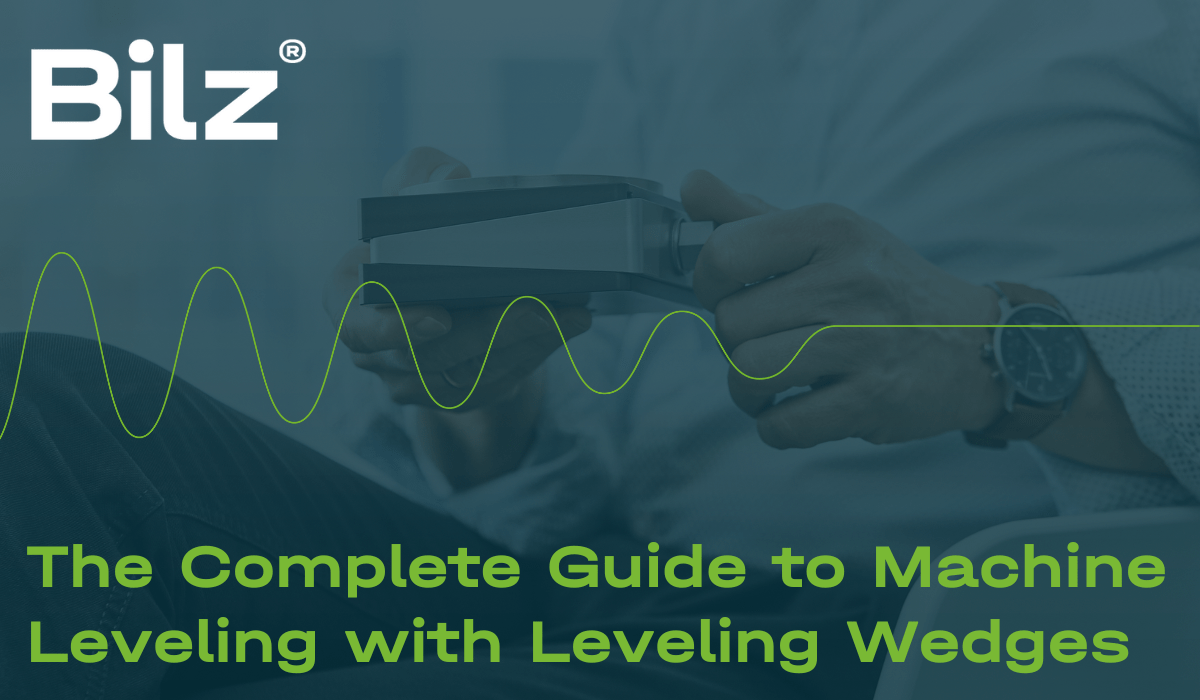

Machine leveling is a critical step in setting up equipment that ensures operational efficiency, safety, and longevity. This guide is tailored for machines with a significant number of leveling wedges, such as Plastic Injection Molding Machines, Extruders, Die Cast Machines, and Large Machining Centers. By following this comprehensive procedure, you'll ensure your machine is perfectly leveled and ready for operation.
Machine leveling is the process of adjusting a machine so that its base is both flat and horizontal. This is crucial for machines that require precision in their operation. Incorrect leveling can lead to uneven wear, increased maintenance costs, and even operational failure. Leveling wedges are a common and effective method used to achieve this precision. They allow for fine adjustments and ensure that the machine is perfectly aligned with the production requirements.
Before introducing the leveling wedges, you'll need to pre-level the machine. This can be done using hydraulic cylinders (hydraulic tow jack cylinders are ideal) or jacking screws. The goal here is to get the machine approximately level without the final precision the wedges will provide.
Once pre-leveling is complete, place the leveling wedges under the machine. Adjust each wedge until it makes contact with the machine's bottom. This ensures that when you begin to apply load, the wedges are correctly positioned to support and level the machine.
Using a torque wrench, evenly preload each leveling wedge against the bottom of the machine. The correct amount of torque will depend on the machine's weight and the number of leveling wedges used; typically, 30 to 40 foot-pounds is suitable. This step ensures each wedge begins to share the load evenly before final adjustments.
With the wedges preloaded, remove the hydraulic cylinders or jacking screws that were used for pre-leveling. Your machine now rests solely on the leveling wedges.
Re-check the torque on each leveling wedge to confirm they are all under load. This step verifies that the load distribution did not change during the removal of temporary supports and that each wedge is contributing to supporting the machine.
Now, perform the final leveling adjustments. Focus on one axis at a time and use a single machine point for level checks.
Finally, turn the adjustment screw clockwise on any wedges that were lowered during the final adjustments. Double-check the torque on each wedge to ensure they are all equally loaded. Then, recheck the level for both the longitudinal and transverse axis. If necessary, repeat step 6 until the machine is perfectly leveled.
Leveling your machine using leveling wedges is a precise but straightforward process. By carefully following these steps, you can ensure your machine operates efficiently, safely, and accurately. Remember, the key to successful machine leveling is patience and attention to detail during each step of the process.